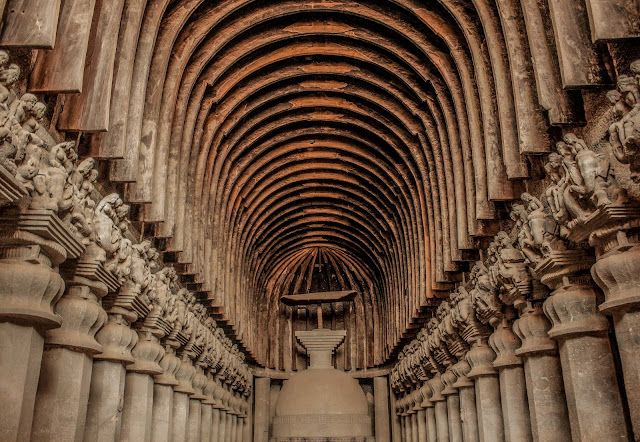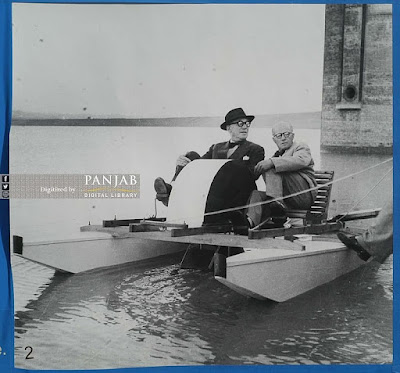Mysore Palace: Fine Specimen of Indo-Saracenic style of architecture

Mysore Palace / Image Credit A fine specimen of Indo-Saracenic style of architecture, Mysore Palace is a wonderful feat of engineering which makes it a huge drawcard for millions of tourists every year. Also known as ‘Amba Palace’, the Mysore Palace was built over a period of 15 years at the beginning of the 20th century at a cost estimated at the time to be around 4 million Indian rupees. A treasure-trove of exquisite sculptures and works of art, the structure features stained glass ceilings and Italian crystal chandeliers. This Mysore’s most enduring symbol is a testament to the pomp and grandeur of one of India's notably wealthy princely states- Wadiyar dynasty. Designed by an English architect, Henry Irwin, the Mysore Palace is at its exuberant best during 10-day Dusshera festival when the stunning palace is illuminated at night by thousands of bulbs.

.jpg)

